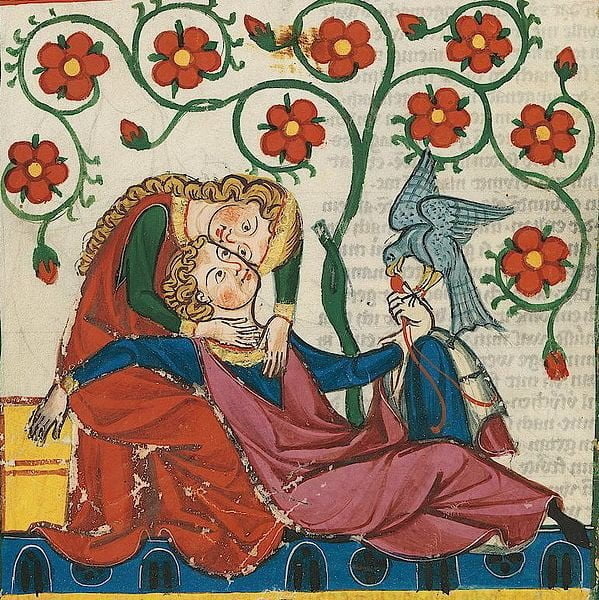The Middle Ages are long. They stretch from the end of the Roman Empire (around 5th century) until the fall of Constantinople or the discovery of America by the West in 1492. In other words, a thousand years.
France is essentially rural. The life is regulated by the works flowing from the seasons.
While our imaginations often see this period as a sad and unhappy era for mankind, there were actually many periods of radiance in the Middle Ages. In particular from the 11th to the 13th century, when the Romanesque and Gothic churches were born.





